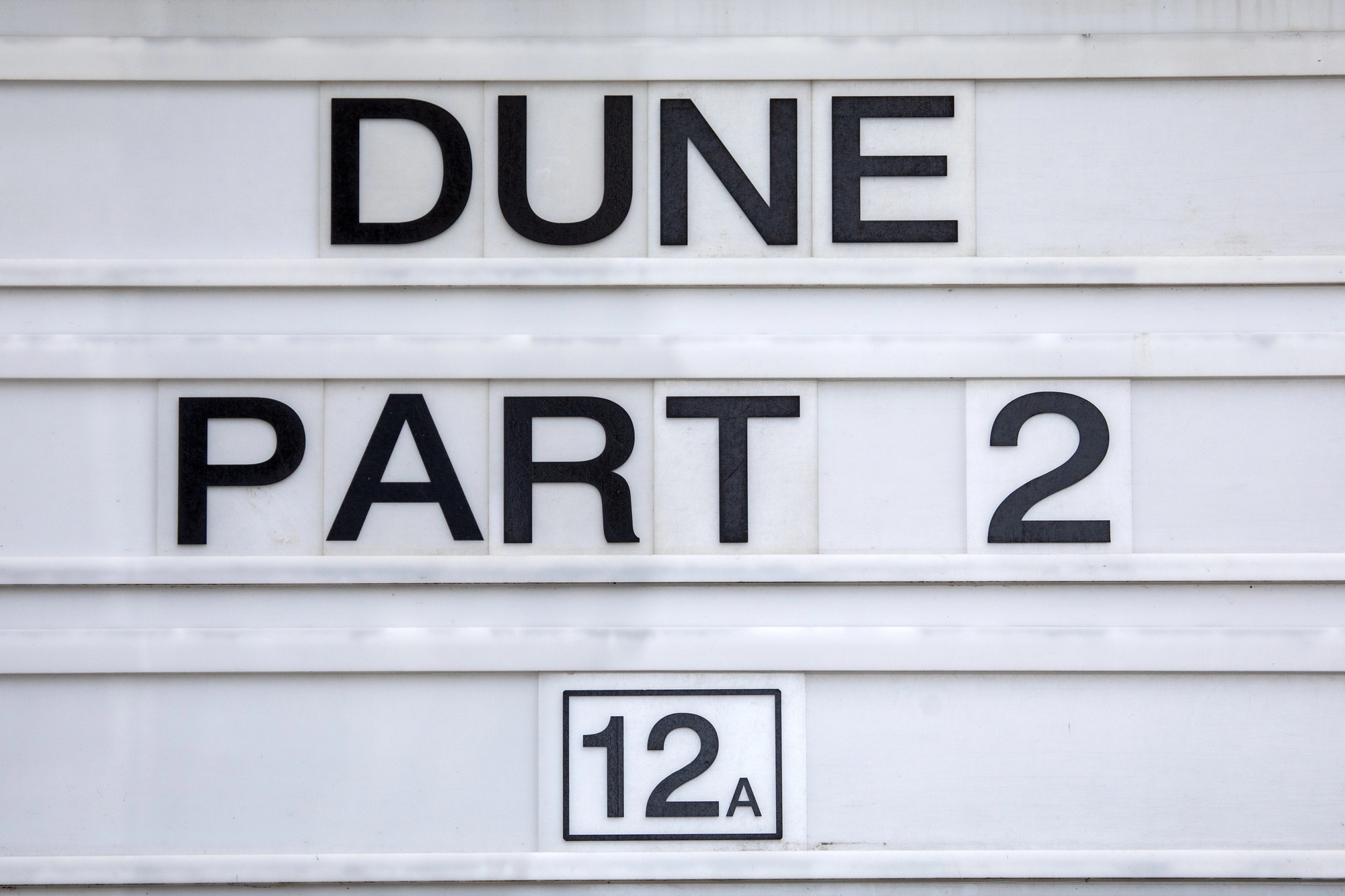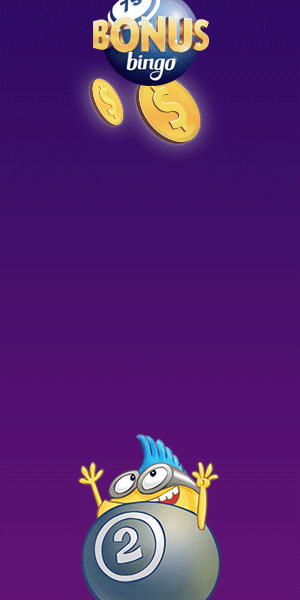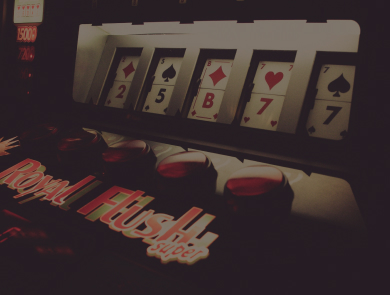How to Bet on Second-Weekend Box Office Holds

The roar of the crowd and the thrill of the win aren’t just for the sports arena anymore. The box office itself has transformed into a high-stakes playground for movie buffs and sharp bettors alike. Sure, guessing a movie’s opening weekend numbers is fun, but the real strategic game unfolds in the second week. This is the world of betting on second-weekend box office holds, a fascinating contest of numbers, audience reactions, and industry knowledge.
A film’s “hold” is simply the percentage of its audience it keeps from one weekend to the next. If a movie opens to $50 million and makes $25 million in its second frame, that’s a 50% drop. This number is a huge clue about the film’s financial future and how the public really feels about it. For bettors, figuring out that drop is the secret to making smart predictions and enjoying a different kind of cinematic victory.
What the Numbers Mean
You can’t place a smart bet without knowing the benchmarks. For decades, the typical second-weekend drop for a wide release has been in the 40-50% range. Anything less than a 40% dip is fantastic; it means the film has “legs” and people will keep coming back for more. On the flip side, a drop over 60% is a red flag that the movie is fading fast.
But don’t treat these numbers as gospel. Genre changes everything. Horror films, for example, are famously front-loaded. Their die-hard fans rush out on opening night, which results in steep second-weekend drops that can top 70%. That’s not a sign of failure; it’s just the nature of the genre. Meanwhile, family films or acclaimed dramas chasing awards can have tiny drops. They might even see their gross increase if they expand to more theaters. The context of a film’s release is absolutely everything when you’re looking at the betting lines.
The Decisive Voice of the Audience and Critics
Word-of-mouth has always mattered, but with social media, it’s like wildfire. It’s now one of the biggest factors in a movie’s ability to last. A film that gets people talking positively online is set up for a great second weekend. This is where audience scores become a priceless tool for anyone placing a wager.
Sites like Rotten Tomatoes provide a Tomatometer score from critics and, more importantly, an Audience Score from the public. A high Audience Score, especially with a great CinemaScore to back it up, is one of the best signs you can get. CinemaScore is a company that polls people on opening night, asking them to grade a movie from A+ to F. A film that scores an “A” or “A-” is sending a clear signal that viewers are leaving the theater happy and are very likely to tell their friends to go see it.
Critics might shape the conversation before a movie opens, but it’s the audience’s happiness that fuels a long, successful run. We’ve all seen movies that critics hated become massive hits because they struck a chord with viewers. The opposite is also true. A bettor’s skill lies in learning how to read both the critics and the crowd.
Genre Conventions and Audience Expectations
Different movies play by different rules. Getting a feel for these genre patterns is key to making good bets on their staying power.
- Superhero and Tentpole Blockbusters:These giants are built on hype, so their opening weekends are huge. Because their core fanbase shows up right away, a drop between 55% and 65% is perfectly normal and baked into the studio’s expectations. When a film like Wonder Woman managed a hold with only a 45% drop, it was seen as a truly stellar performance.
- Horror Films:Horror is all about the opening night scare. Fans want to be first, which leads to those big drops. A 60-70% decline is business as usual. If a horror movie drops by less than 60%, it often means it has broken out of its niche and is attracting a wider audience.
- Family and Animated Films:These are the bread and butter of weekend matinees. They have much better staying power, with holds often in the 30-50% range. They can play for weeks and weeks, especially if there isn’t another family-friendly option competing for attention.
- Awards Contenders and Prestige Dramas:These films play a long game. They often open in just a handful of theaters and slowly expand as award season heats up. Their holds can be amazing; a wave of major nominations can cause a film’s box office to actually grow from one week to the next as more people become curious.
By knowing a film’s genre, you can set a realistic expectation for its performance and more easily spot a bet where a movie might beat or fall short of the odds.
The Importance of the Release Calendar
No film exists in a vacuum. The competition has a huge say in its second-weekend performance. Before you put money down, always check to see what new movies are opening. A blockbuster will have a much easier time holding onto its audience if its second weekend is up against a couple of small indie films. But if another big-name movie is debuting, it’s going to take a bite out of the box office, and the drop will be larger.
The calendar date itself is a massive variable. The summer movie season, from May through July, is a battlefield, with big movies opening every weekend, which can lead to bigger drops all around. In contrast, the quiet months of late winter or early fall can let a single popular movie own the market for weeks. Holidays also play a huge role; a long weekend can give a film a nice cushion, softening its drop. A sharp bettor isn’t just looking at the movie; they’re looking at the calendar around it.
Craft Your Box Office Betting Strategy
This is where you pull all the threads together. Betting on holds means taking all this information and turning it into a smart prediction. You need a system.
Start with the basics: look at the opening weekend numbers and the film’s genre. What’s a normal drop for this kind of movie? Then, go deep on the reception. What are critics saying? More importantly, what is the CinemaScore and the Rotten Tomatoes Audience Score? Glowing feedback from the public is the number one sign of a film that’s going to stick around.
Next, size up the competition. Is a new challenger coming for the same audience, or does the film have the field to itself for another week? Finally, check the betting lines. These are usually presented as an over/under on the percentage drop or the total dollar gross for the weekend. If your research leads you to believe a film will have a 45% drop, but the betting line is set at 55%, you may have just found a great value bet.
By looking past the opening weekend hype, you’ll discover a market filled with interesting opportunities.







